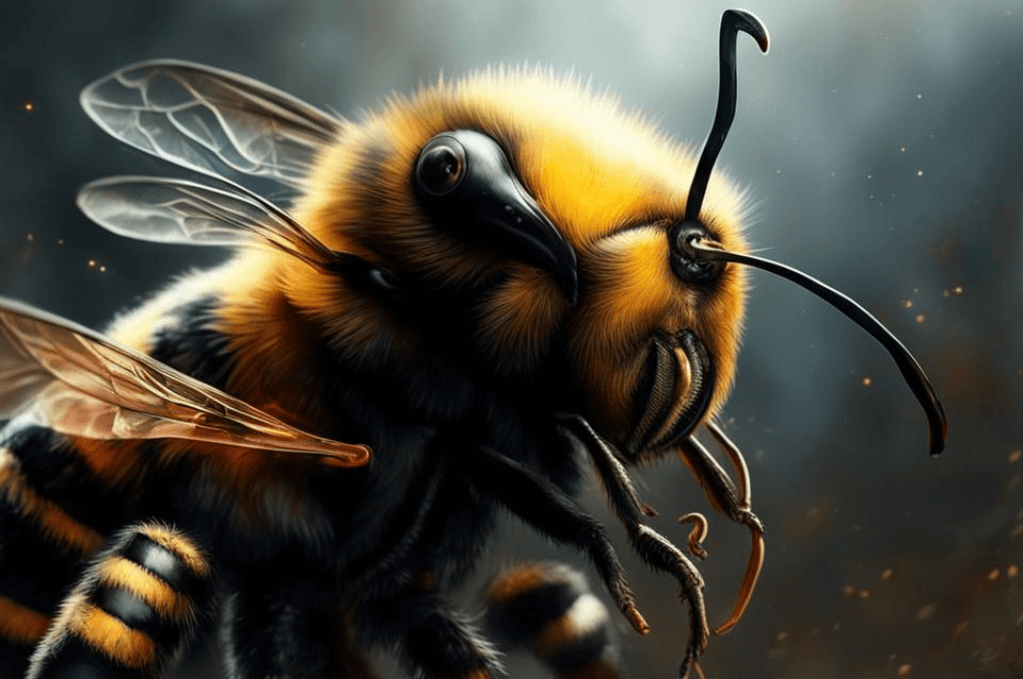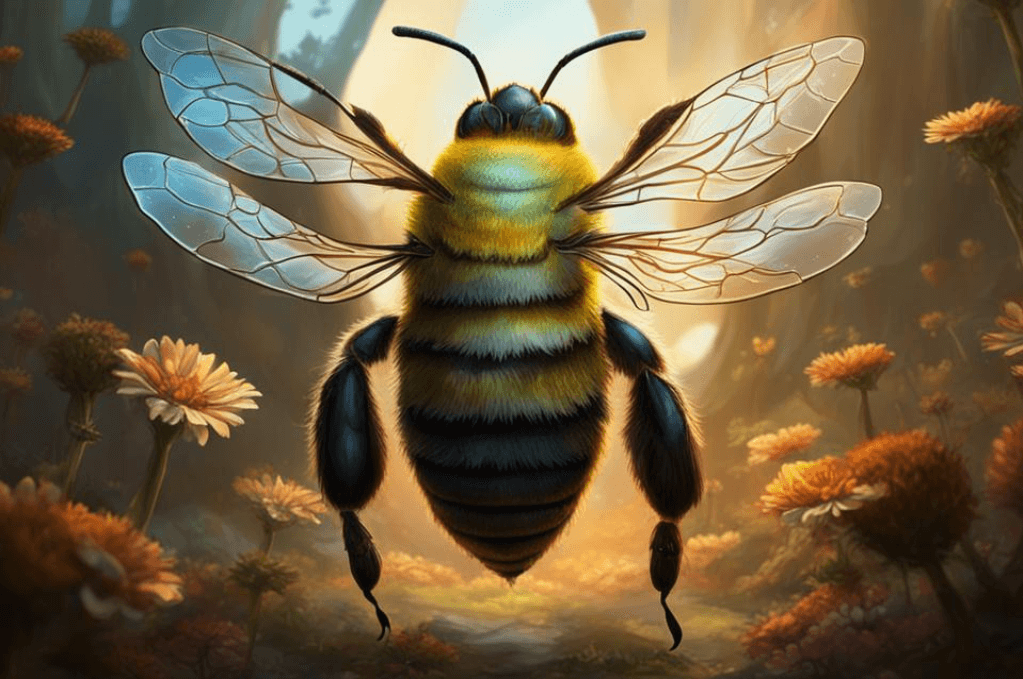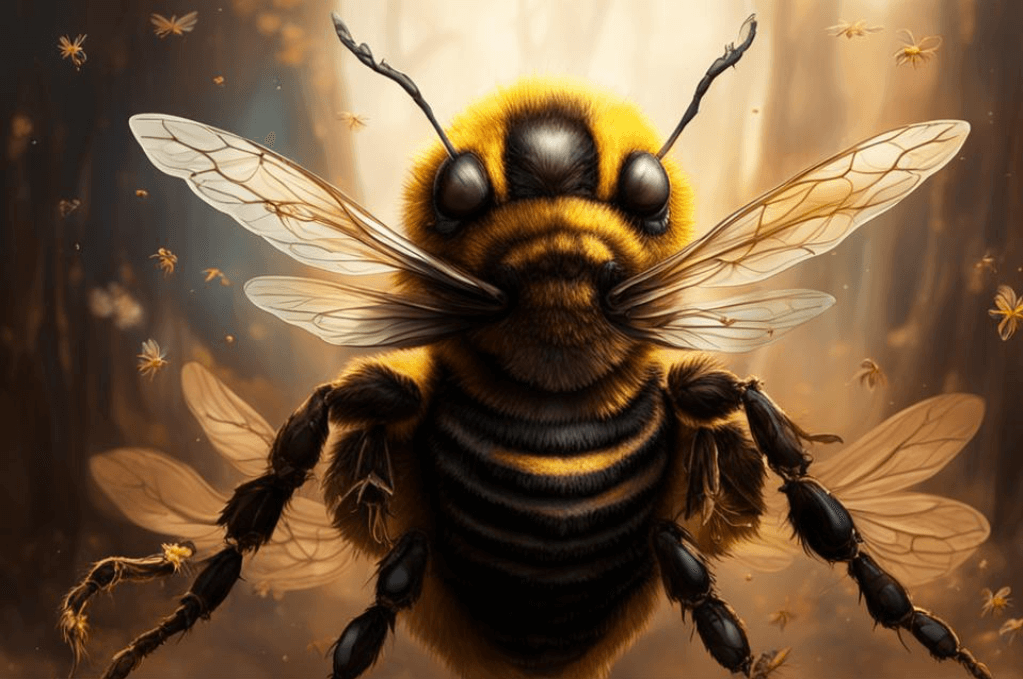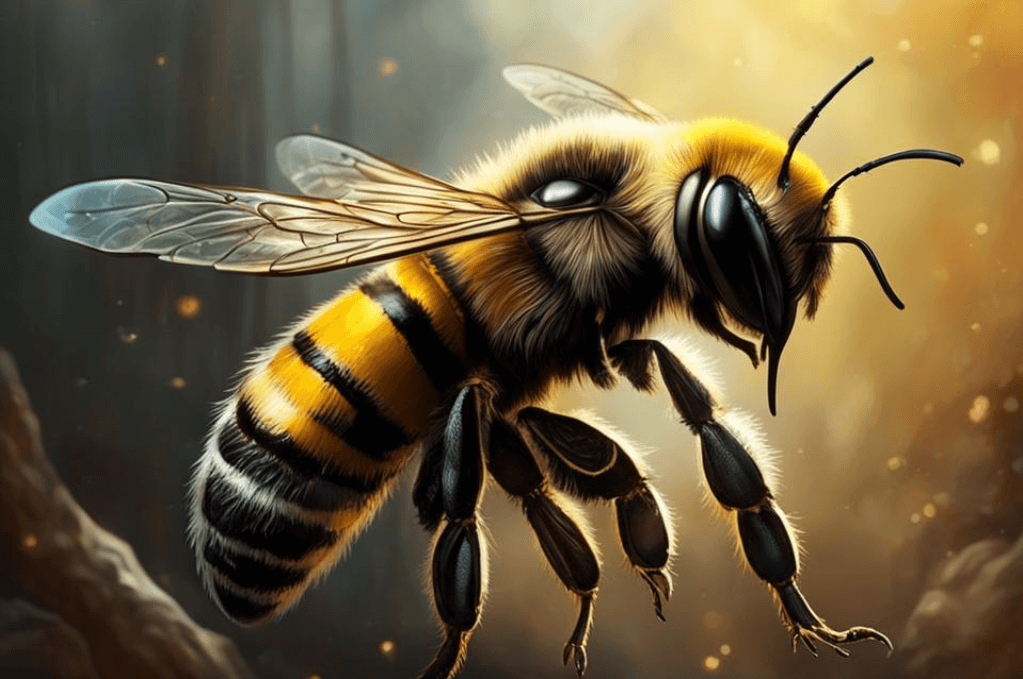The humming bee breathing technique is a simple yet powerful practice that can bring numerous benefits to our overall well-being. By mastering this technique, we can learn to calm our minds and relax our bodies, leading to reduced stress and increased mental clarity. In this guide, we will explore the origins and history of the humming bee breathing technique, as well as provide a step-by-step guide on how to practice it effectively. We will also delve into the various benefits it can bring, such as improved focus, better sleep, and enhanced respiratory health. By incorporating this technique into our daily lives, we can experience a greater sense of peace and harmony.
Contents
I. Understanding the Humming Bee Breathing Technique
II. Step-by-Step Guide to Mastering the Humming Bee Breathing Technique
III. Exploring the Benefits of the Humming Bee Breathing Technique
IV. Tips and Precautions for Practicing the Humming Bee Breathing Technique
V. Incorporating the Humming Bee Breathing Technique into Daily Life
VI. Conclusion
I. Understanding the Humming Bee Breathing Technique

The Humming Bee Breathing Technique is a simple yet powerful practice that can help calm your mind and body. It has been used for centuries and has its roots in ancient yogic traditions.
When you practice this technique, you inhale deeply through your nose and then exhale with a humming sound, like a bee buzzing. This humming sound is created by gently closing your throat as you exhale.
The humming sound and the vibrations it creates have a soothing effect on your nervous system. It helps slow down your breathing and activates your parasympathetic nervous system, which is responsible for relaxation and rest.
By incorporating this practice into your daily life, you can experience several benefits. It can help reduce stress and anxiety levels, improve focus and concentration, promote better sleep and relaxation, and even improve respiratory health and reduce symptoms of allergies.
To master this technique, find a quiet and comfortable space. Sit in a comfortable position, close your eyes, and focus on your breath. Inhale deeply through your nose, and as you exhale, create a humming sound by gently closing your throat. Repeat this process for several rounds, gradually increasing the duration of each round.
It’s important to start with shorter sessions and listen to your body. Avoid forceful exhalations or straining your vocal cords. If you’re a beginner, it may be helpful to seek guidance from a qualified instructor.
Incorporating the Humming Bee Breathing Technique into your daily life is also important. Find opportunities to practice throughout the day, especially during stressful situations or moments of anxiety. You can also combine this technique with other mindfulness practices for maximum benefits.
By understanding and practicing the Humming Bee Breathing Technique, you can reap its many benefits and improve your overall well-being. So why not give it a try and experience the positive effects for yourself?
II. Step-by-Step Guide to Mastering the Humming Bee Breathing Technique

To master the Humming Bee Breathing Technique, follow these simple steps:
Find a quiet and comfortable space: Choose a peaceful place where you can sit comfortably without any distractions.
2. Sit in a comfortable position and relax your body: Find a position that feels comfortable, whether it’s sitting cross-legged on the floor or in a chair. Relax your shoulders and let go of any tension in your body.
3. Close your eyes and focus on your breath: Close your eyes gently and bring your attention to your breath. Take a moment to notice the sensation of the breath entering and leaving your body.
4. Inhale deeply through your nose: Take a slow, deep breath in through your nose, filling your lungs with air. Feel your abdomen expand as you breathe in.
5. Exhale with a humming sound: As you exhale, make a humming sound by gently closing your lips and allowing the sound to vibrate in your throat. The sound should be soft and gentle, like the buzzing of a bee.
6. Repeat the process for several rounds: Continue inhaling deeply through your nose and exhaling with the humming sound. Start with a few rounds and gradually increase the duration of each round.
Remember to take it at your own pace and listen to your body. If you feel any discomfort or strain, adjust the technique as needed. It’s also important to avoid forceful exhalations or straining your vocal cords.
If you’re new to this technique, it may be helpful to seek guidance from a qualified instructor who can provide proper instruction and support.
By following this step-by-step guide, you can start mastering the Humming Bee Breathing Technique and experience its many benefits for your overall well-being.
III. Exploring the Benefits of the Humming Bee Breathing Technique

The humming bee breathing technique has many benefits for our well-being. Let’s take a look at some of them:
A. Reducing stress and anxiety levels: When we practice this technique, it helps to calm our mind and body. The humming sound we make while exhaling releases tension and helps us feel more relaxed.
B. Enhancing focus and concentration: By focusing on our breath and making the humming sound, we can improve our ability to concentrate. This can be especially helpful when we need to stay focused on a task or study.
C. Promoting better sleep and relaxation: The humming bee breathing technique can help us unwind and prepare for a good night’s sleep. It relaxes our body and mind, making it easier to fall asleep and have a restful night.
D. Improving respiratory health and reducing symptoms of allergies: The deep inhalation and humming sound can help to clear our airways and improve our lung capacity. This can be beneficial for people with respiratory conditions or allergies.
E. Boosting overall mental and emotional well-being: Regular practice of this technique can have a positive impact on our mental and emotional health. It can help to reduce feelings of sadness, anxiety, and depression, and promote a sense of calm and happiness.
Remember, the humming bee breathing technique is a simple yet powerful practice that can bring many benefits to our lives. Give it a try and experience the positive effects for yourself.
IV. Tips and Precautions for Practicing the Humming Bee Breathing Technique

Practicing the Humming Bee Breathing Technique can be beneficial for your well-being, but it’s important to keep a few things in mind. Here are some tips and precautions to help you get the most out of this technique:
1. Start with shorter sessions: If you’re new to this technique, it’s best to start with shorter practice sessions. Begin with just a few minutes and gradually increase the duration as you become more comfortable.
2. Listen to your body: Pay attention to how your body feels during the practice. If you experience any discomfort or strain, adjust the technique to suit your comfort level. Remember, it’s important to take care of yourself.
3. Avoid forceful exhalations: When exhaling with the humming sound, make sure not to exert too much force or strain your vocal cords. The humming should be gentle and effortless.
4. Seek guidance if needed: If you’re a beginner, it can be helpful to seek guidance from a qualified instructor who can teach you the proper technique and provide personalized guidance.
By following these tips and precautions, you can practice the Humming Bee Breathing Technique safely and effectively, reaping its many benefits for your mind and body.
V. Incorporating the Humming Bee Breathing Technique into Daily Life

Finding opportunities to practice throughout the day
– Look for moments in your day where you can take a few minutes to practice the humming bee breathing technique. It could be during your morning routine, on your lunch break, or before going to bed.
Using the technique during stressful situations or moments of anxiety
– When you find yourself feeling stressed or anxious, take a moment to practice the humming bee breathing technique. It can help calm your mind and bring a sense of relaxation to your body.
Combining the technique with other mindfulness practices for maximum benefits
– If you already practice other mindfulness techniques, try combining them with the humming bee breathing technique. This can enhance the overall benefits and help you achieve a deeper state of relaxation and focus.
Remember, it’s important to start with shorter sessions and gradually increase the duration as you become more comfortable with the technique. Listen to your body and adjust the technique as needed. Avoid forceful exhalations or straining your vocal cords. If you’re new to this technique, consider seeking guidance from a qualified instructor. By incorporating the humming bee breathing technique into your daily life, you can experience the positive effects it has on your overall well-being.
VI. Conclusion
In conclusion, the humming bee breathing technique is a simple yet powerful practice that can bring many benefits to our overall well-being. By taking the time to master this technique, we can experience reduced stress and anxiety, improved focus and concentration, better sleep and relaxation, and even improved respiratory health. It’s important to start with shorter sessions and gradually increase the duration, listening to our bodies and adjusting as needed. By incorporating this technique into our daily lives, we can find moments of calm and peace, especially during stressful situations. So why not give it a try and start experiencing the positive effects of the humming bee breathing technique for ourselves?











